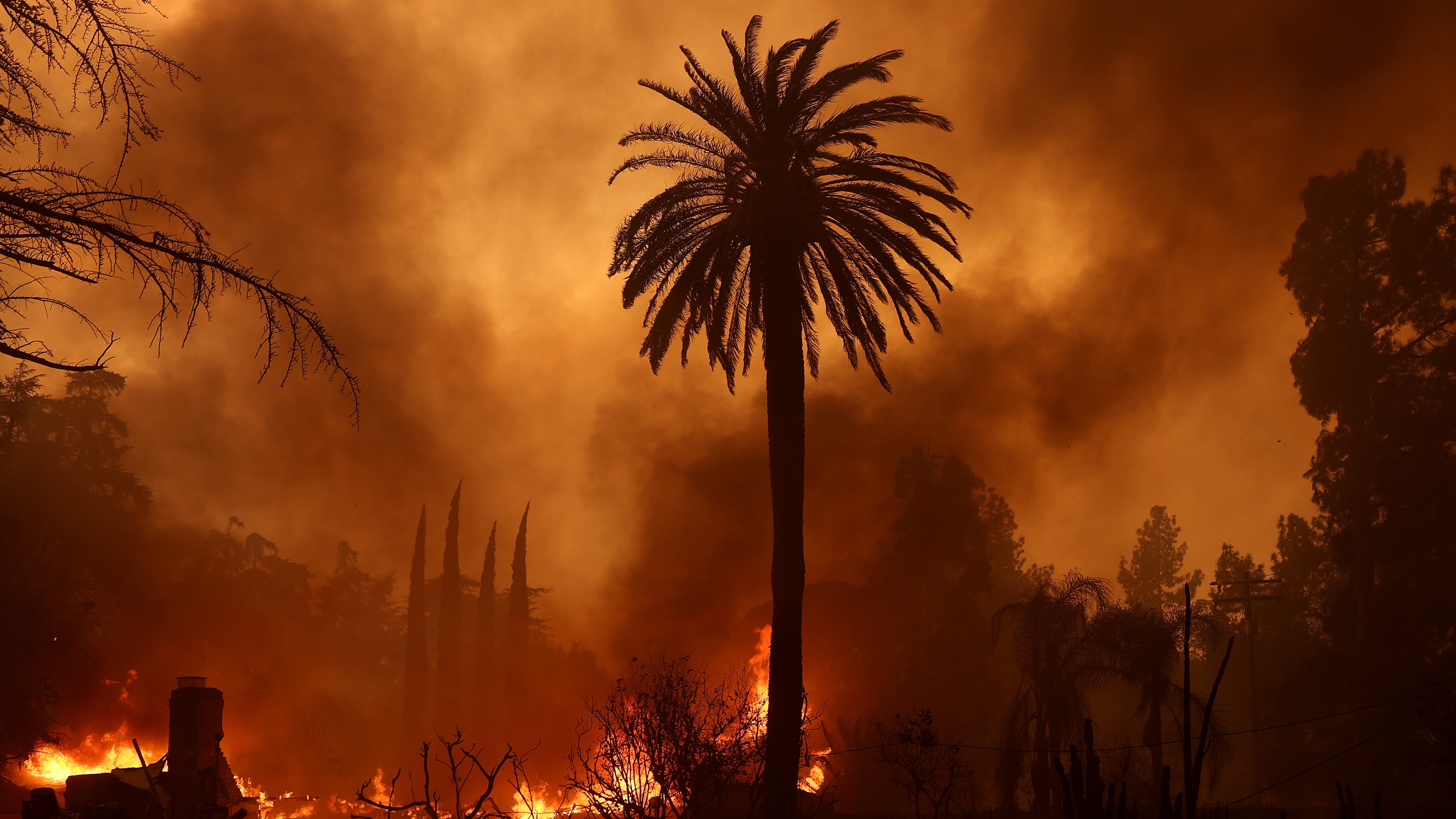Scientists find a 'dangerous feedback loop' in sudden sea ice melt
Over the past few years, researchers have discovered dramatic and "unexpected" shifts in the Southern Ocean, with saltiness rising and sea ice in steep decline.

It's about as remote as it gets, yet what happens in the Southern Ocean near Antarctica impacts all of us.
And what's going on down there? Over the past few years, researchers have discovered dramatic and "unexpected" shifts in the Southern Ocean, with saltiness rising and sea ice in steep decline, according to a new study.
It matters, researchers say, because losing Antarctic sea ice is a planetary problem: "If this salty, low-ice state continues, it could permanently reshape the Southern Ocean – and with it, the planet," said study lead author Alessandro Silvano of the University of Southampton in a statement.
"The effects are already global: stronger storms, warmer oceans, and shrinking habitats for penguins and other iconic Antarctic wildlife," he said.
Record low sea ice
Since 2015, Antarctica has displayed record-low sea ice extent, according to the study, which appeared in the peer-reviewed journal Proceedings of the National Academy of Sciences.
In fact, since 2015, Antarctica has lost sea ice equal to the size of Greenland – the largest environmental shift seen anywhere on Earth in the last few decades. The Southern Ocean is also getting saltier, and this unexpected change is making the problem worse.
“Saltier surface water allows deep ocean heat to rise more easily, melting sea ice from below," Silvano said. "It's a dangerous feedback loop: less ice leads to more heat, which leads to even less ice."
What is sea ice?
Sea ice is frozen ocean water that melts each summer, then refreezes each winter. Antarctic sea ice is typically at its smallest in late February or early March, toward the end of summer in the Southern Hemisphere.
Sea ice loss – especially in the Arctic but also in the Antarctic – is one of the clearest signals of global warming, the National Climate Assessment reported in 2018.
In addition to human-caused warming of the Earth's atmosphere and oceans, multiple factors – including the geography of Antarctica, the region's winds, as well as air and ocean temperatures – affect the ice around Antarctica.
Maud Rise polynya opens up
The dramatic loss of sea ice around Antarctica has occurred with the re-emergence of the Maud Rise polynya in the Weddell Sea – a huge hole in the sea ice nearly four times the size of Wales, which hadn’t occurred since the 1970s, the study reports.
A polynya is an area of open water surrounded by sea ice. “The return of the Maud Rise polynya signals just how unusual the current conditions are," Silvano said.
Penguins rely on sea ice
In Antarctica, it's penguins that rely on sea ice. Due to the dramatic loss of sea ice there, several colonies of emperor penguins face "quasi-extinction" in the decades to come, a study released in 2023 reported.
Satellite data will be cut off
Alberto Naveira Garabato, co-author of the study from the University of Southampton, said, “The new findings suggest that our current understanding may be insufficient to accurately predict future changes.”
However, the U.S. Defense Department is cutting off weather forecasters from data gathered by its special satellites that can "see" through the clouds.
"(The new study) makes the need for continuous satellite monitoring all the more pressing, so we can better understand the drivers of recent and future shifts in the ice-ocean system,” Garabato said.